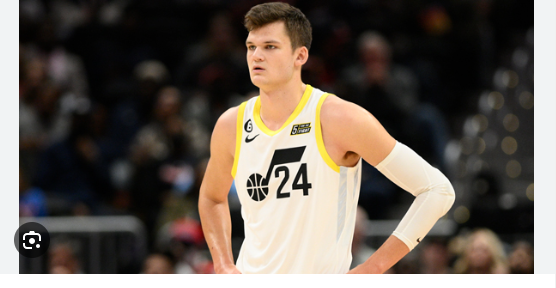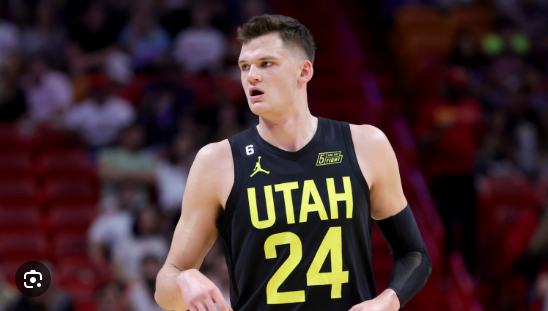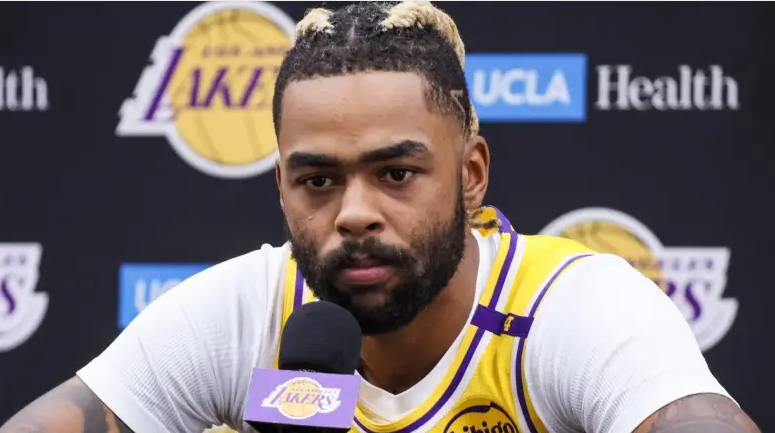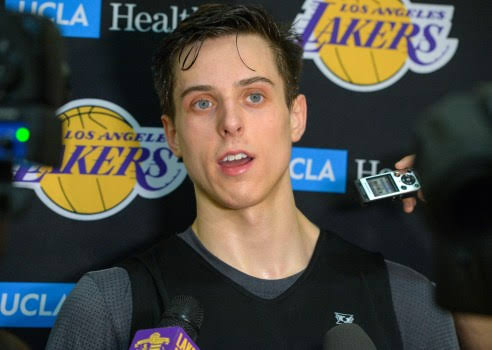When LeBron James signed his four-year, $153 million contract with the Los Angeles Lakers, it marked a shift not only for him but for the franchise as well.

LeBron had previously favored shorter deals after returning to Cleveland, and this longer commitment to a Lakers team in the midst of a five-year playoff drought was a significant decision. According to ESPN’s Brian Windhorst, James took the long-term approach to embrace the team’s rebuilding process, confident in his ability to remain in his prime despite being 33.
Though James’ presence immediately enhanced the Lakers’ profile, the team remained a work in progress. The roster included promising young players, like former No. 2 pick Brandon Ingram, who had flashed his potential and was developing chemistry with LeBron.

Ingram’s length, athleticism, and two-way potential made him a key player to connect with James on the court. James praised Ingram’s upside, suggesting that he could be the “next” big star.
Despite LeBron’s status, the Lakers were still seen as a rebuilding team that had yet to surround him with enough All-Star talent. Head coach Luke Walton, meanwhile, aimed to make speed a cornerstone of the team’s style of play. He wanted to push the pace even further than the previous season’s already rapid 102.62 possessions per game, pressing the team’s depth and youth to create advantages.

This approach raised questions about how LeBron, entering his 16th season with over 54,000 career minutes logged, would adapt to an even faster game style. Whether the Lakers could sustain this pace with James on the floor or if they would need to adjust when he was resting was one of many uncertainties in the early stages of the new-look Lakers.


